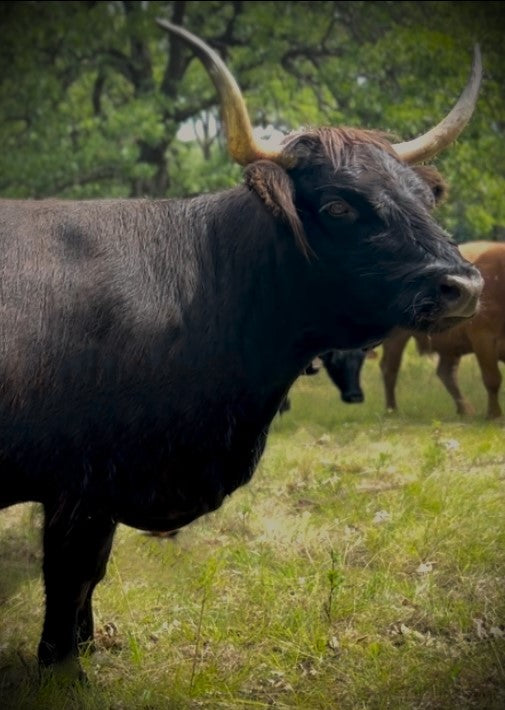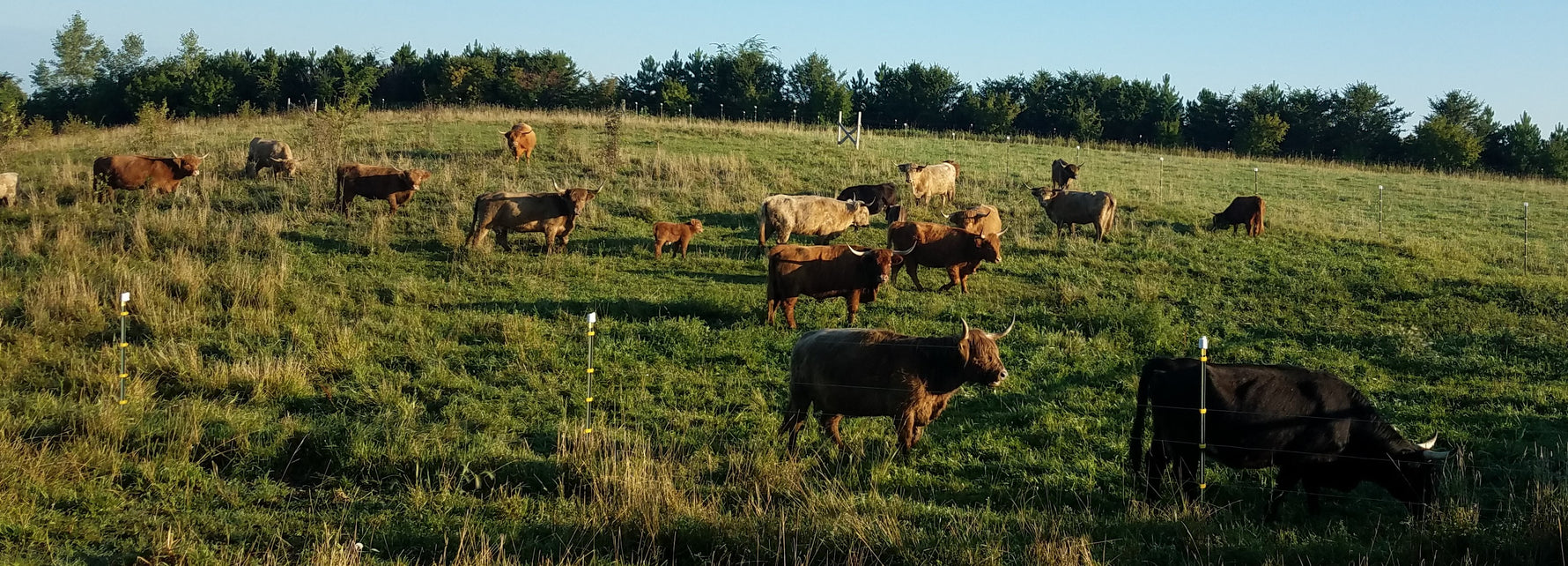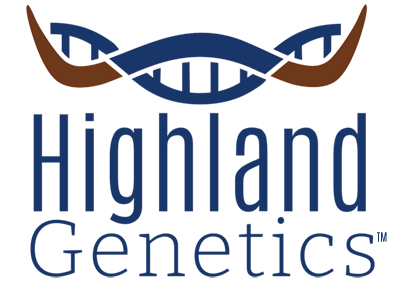News

News
In Vitro Fertilization (IVF) Embryo Transfer
by Customer Service on Jan 25, 2024
There are two main processes to embryo transfer in cattle. We have an article about Conventional Embryo Transfer (In-vivo) under our learn tab. If you're new to embryo transfer, I would highly recommend taking a look as it covers the basics. This blog will focus on In Vitro Fertilization of Embryos used for Transfer (aka IVF). it is important to note:
In Vivo = "In life" process takes place within the cow
In Vitro = "In Glass" process takes place externally from the cow, generally in a lab.
Collection Method:
IVF is another method of collecting and transferring embryos in cattle. the IVF process begins with ovum pick up (OPU). The OPU technician starts by palpating the ovary rectally, and then aligning the ovary with the ultrasound-guided needle assembly. This process collects immature oocytes from follicles that are on the donor’s ovaries. Every follicle should contain one immature oocyte, which will then be aspirated. This is a non-surgical procedure that does not disrupt the heat cycle of the cow. Female cattle always have follicles on their ovaries, so this procedure can occur between 0-100 days of pregnancy or 15 days after calving.
FSH (follicle stimulating hormone) protocols prior to the OPU for increased results can also be used.
Collecting Pregnant Cows:
Pregnant cows can be used as donor animals without increased risk of pregnancy loss up to about 100 days of gestation. After that time, the ovary becomes physically out of reach preventing collection of oocytes
In The Lab:
Once the oocytes are collected and sorted based off quality, they are then matured into viable eggs in an incubator for 21-24 hours before being fertilized with semen. This usually occurs in a Petri dish that and then left to age and mature for another 7 days. Generally about 1/3 of the oocytes collected become viable eggs. After 7 days the embryos can be placed in the synched recipient cows or can be frozen for later use.
- Follicles create oocytes
- Oocytes are unfertilized, immature eggs
- Eggs are mature oocytes that are ready for fertilization
- after egg is fertilized, is then an Embryo
Pros of IVF
- females can be collected when pregnant
- able to sort semen (such as using sexed semen)
- can collect on young females without the stress of pregnancy
- able to collect donor twice within 30 days
Cons of IVF
- more training required to perform the procedure
- generally overall lower conception rates then with In Vivo Embryo Transfer
Conception Rates
Average Conception Rates of IVF embryos range from 40-50%. So if 21 Oocytes are collected via OPU, generally 7 of those 21 oocytes become viable eggs in the Petri dish, 3-4 of those oocytes become viable embryo's. IVF does have less of a success rate then the conventional in vivo embryo transfer method. However, it is overall less stress on the cow, keeps her breeding schedule on track with the rest of the herd.
Photo From - (UK Website)
Other Good Resources for IVF:
Frequently Asked Questions
YouTube Video
IVF Explained From Vytelle

News
Why did we start Highland Genetics (HGL)?
by Bruce Schmitz on Mar 30, 2021
Highland Genetics started as an idea to simplify the sharing of Highland Genetics, while providing a place of education and learning on how to utilize genetics through Artificial Insemination and embryos. Both Josh and Bruce believe in the breed and want Scottish Highland Cattle to continue to improve across the whole industry. By providing easily accessible, good-quality semen and embryos, we are helping breeders curate some of the top genetics in the World. In the Learn Section of our website, we also provide a great deal of information. This explains how to get started, and in-a-way it can help take the scarry thoughts of artificial insemination away from breeders and add the “we can do this spirit.”
While the Highland Community as a whole is very welcoming, starting off with Highlands can be overwhelming as you try to find the right semen and genetics. This is true in many ways as there is no industry wide directory of every farm with semen available.
In the past, breeders would have to deal with the following:
Research the herdbook to find out the bulls that are good producers out there.
See if that bull was collected and if semen exists today.
Google and try to find any images of the bull or progeny.
Contact the last owner of the bull and/or try to find other previous owners to acquire semen.
Work with a storage facility to get it shipped to you and arrange shipping. Or arrange for pick up or ship directly from the farm.
Order in larger quantities, sometimes 5 or 10 units to be able to buy the semen.
These many issues and others not listed are many of the reasons Highland Genetics (HGL) started. We take a lot of the footwork out of your purchases. We have formed partnerships with farms across the USA and the World. All the semen and embryos are stored in one central location and handled by a professional. You can order all at one location, HighlandGenetics.com and be confident in your decision. The transaction is processed online through a secure server, and you are provided the tracking information to give you piece of mind.
Investing in your Highland Fold with quality genetics is a huge responsibility. Being a breeder means taking the time to carefully match your cattle with the best genetics you can find for each individual female. It is our goal at Highland Genetics to help make this process a little more enjoyable and a lot easier.
Happy Highlanding!
Bruce & Josh

